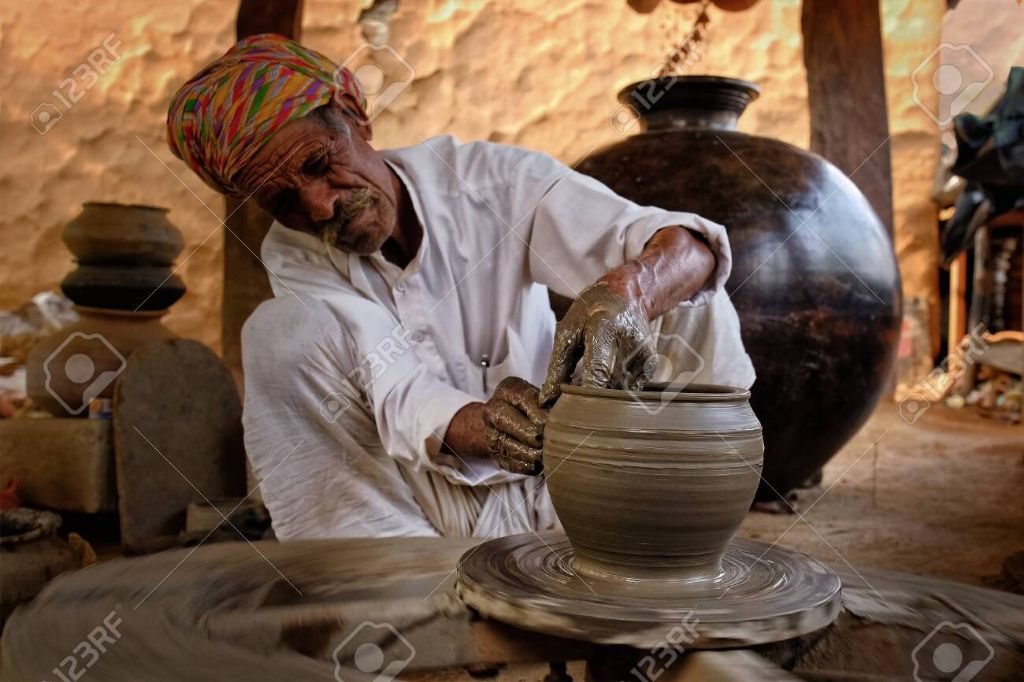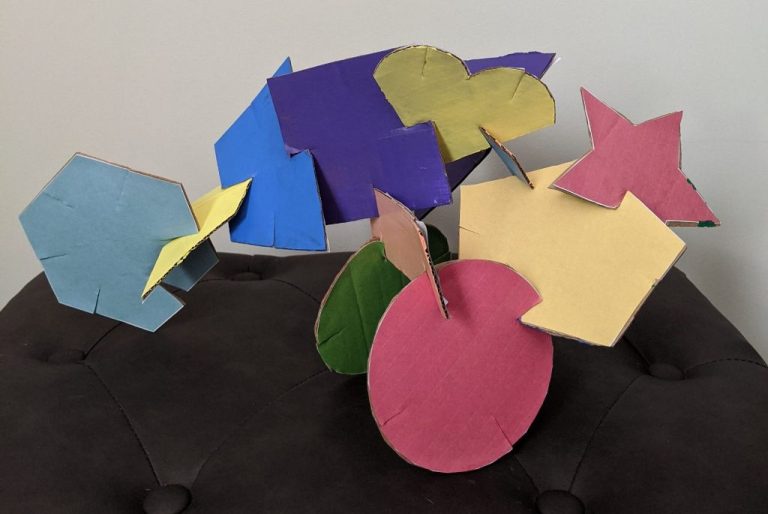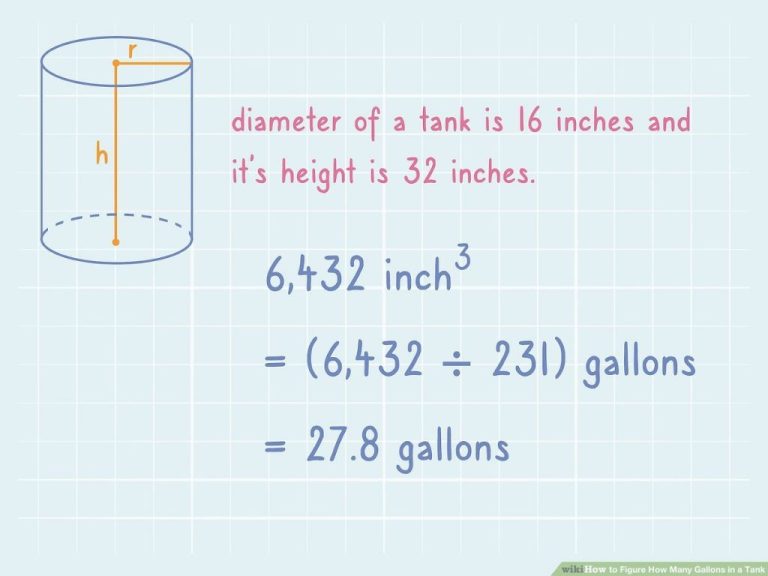Is Pottery Wheel Hard?
A pottery wheel is a device that enables a potter to shape round ceramic ware quickly and with greater precision. Also known as a “potter’s wheel”, it consists of a spinning disk known as a head, attached by a drive shaft to a motor that provides the rotational force. As the wheel spins, the potter can use their hands and various tools to shape wet clay that has been centered on top of the wheel head.
This article will provide an overview of using a pottery wheel, including the physical skills required, understanding centrifugal force, the learning curve involved, techniques and common issues. It will also discuss the creative aspects of wheel throwing and the satisfaction that can come from creating pottery. Our goal is to give the reader a comprehensive understanding of pottery wheel basics.
Physical Requirements
Throwing pottery on a wheel requires considerable upper body strength and stamina. According to https://kiefferceramics.com/2018/01/01/psa-standing-ergonomics/, potters need good posture and muscle strength in their back, shoulders, arms and hands to withstand the repetitive motion of wheel throwing over an extended period. Having strong core muscles is also important for stability. Since most wheels require standing while throwing, leg strength helps as well. Beginners will find their muscles become fatigued and need to build up endurance over time. Proper stretching before and after throwing can help prevent soreness and injury.

Coordination and Motor Skills
Throwing pottery on a wheel requires strong hand-eye coordination and fine motor skills. As a beginner, it can be challenging to center the clay while also keeping the wheel spinning at a consistent speed. With practice, potters develop muscle memory and coordination to handle the clay without overworking it. According to The Crucible, having patience and learning to move both hands simultaneously is key to properly shaping vessels on a potter’s wheel.
Mastering the pottery wheel takes time to build coordination through repetition. Having strong hand-eye coordination helps with centering clay, opening up vessels, pulling up cylinder walls, and other wheel throwing techniques that require simultaneous clay manipulation and wheel speed adjustments. With regular practice, muscle memory develops so motions become more precise and fluid. While motor skills can be developed, having innate hand-eye coordination as a beginner can help shorten the learning curve.
Sources:
Understanding Centrifugal Force
Centrifugal force is one of the most important physics principles behind successful pottery wheel throwing. As explained here, centrifugal force is the force that pushes clay outwards when the wheel spins. When the potter applies pressure to the clay and the wheel rotates quickly, the clay is pushed outwards, allowing the potter to shape and raise the walls. The faster the wheel spins, the stronger the centrifugal force, requiring more pressure from the potter to control the clay. Mastering control of centrifugal force through wheel speed, along with using the correct amount of pressure, is key to shaping the clay properly and avoiding issues like slumping or deformation.
Learning Curve
Throwing pottery on a wheel requires patience, as it’s not something that can be mastered immediately. Many beginners are surprised by the level of hand-eye coordination and muscle memory involved. While getting clay centered and pulling up basic cylinder forms may come relatively quickly, it can take much longer to learn how to shape, trim, and refine pieces. According to seasoned potters on forums like Reddit, it can take 1-3 years of regular practice to truly gain proficiency and mastery of the wheel.
Starting out, plan to attend multiple classes per week and practice at home in between lessons. Be patient with yourself as you develop coordination and troubleshoot issues like centering problems or collapsed walls. Allow time to experiment and play as you hone technique. While competency comes with repetition, creative expression develops gradually. Ultimately wheel throwing requires an intuitive feel that’s gained slowly through experience. With dedication and persistence, the learning curve flattens out over months and years.
Technique and Process
Throwing pottery on a wheel involves several key steps. First, the clay must be properly prepared by wedging it. Wedging kneads and presses the clay to remove air pockets and make the clay uniform in consistency. Next, the clay is centered on the wheel by pressing a lump of clay down while the wheel spins at a slow speed. Centering ensures the clay is placed evenly on the wheel head. Once centered, the process of opening up the ball of clay begins by pushing thumbs into the center while applying pressure. This forms the interior space. The next step is raising the walls by placing hands on the outside of the clay and applying gentle outward pressure. The height is gradually raised using fingers to support and shape the interior walls.
Mastering these throwing techniques take considerable practice. Lakeside Pottery recommends beginning with a basic cylinder shape and practicing centering clay before attempting more complex forms. They provide a helpful step-by-step tutorial on their website (https://www.lakesidepottery.com/Pages/Pottery-tips/Throwing-a-pot-Lakeside-Pottery-Tutorial.htm). Instructables also has an excellent introductory guide on how to center clay and raise walls to make a basic pot (https://www.instructables.com/Thowing-a-Pot-101/). Consistent practice is key to developing muscle memory and skills on the potters wheel.
Troubleshooting Common Issues
Some of the most frequent problems that potters encounter when working on the wheel include the clay collapsing, warped pieces, and cracking. Knowing what causes these issues and how to prevent them is key to mastering the potter’s wheel.
Clay can collapse when it becomes too wet and soft. This causes the walls to slump downward or cave in on themselves. Using clay that is properly kneaded and wedged to remove air pockets can help avoid collapsing. Going slowly and steadily when pulling up the walls is also important. Allowing the clay to firm up slightly between steps can also help prevent collapse (Potter’s Passion).
Warping occurs when one side of the clay dries faster than the other. This causes the clay to bend or distort. Maintaining consistent thickness in the walls and bottom of the piece can help prevent warping. Slow, steady drying and covering ware while it dries are other solutions. Using a bat or ware board provides an even base for drying (Potter’s Passion).
Cracking happens when the clay dries too quickly and shrinks unevenly. Cracking can be avoided by slow, thorough drying and consistent wall thickness. Wrapping pieces in plastic after throwing provides humid conditions that prevent cracking. Bisque firing at a gradual pace also minimizes cracking before glazing.
Creativity and Artistry
Working with clay on the potter’s wheel requires a great deal of creativity and imagination. Each piece starts as an amorphous lump of clay that the potter molds into a unique work of art. While technical skills are important, having an artistic vision and the ability to bring imaginative designs to life is essential. The tactile nature of working with clay allows potters to freely explore and experiment. As their hands shape the spinning clay, ideas flow and one-of-a-kind pieces emerge. Experienced potters say the unlimited potential of the potter’s wheel to manifest creative thoughts is one of its greatest appeals. The wheel becomes an extension of the potter’s imagination 1.
From functional pieces like bowls and vases to decorative sculptures, working on the wheel places no limits on creativity. Each piece starts the same way, as a lump of clay centered on the wheel. Where it goes from there is up to the potter’s inventiveness. The finished product reflects the potter’s aesthetic style, revealing their unique fingerprint. Rather than following strict instructions, potters can shape fluid, organic forms that channel their creative energy 2. The unlimited possibilities make wheel throwing deeply fulfilling as an artistic outlet.
Satisfaction from Creation
There is an innate human desire to create things from scratch and work with our hands. Pottery provides a deeply rewarding and satisfying creative outlet to make something tangible and unique. The entire process – from centering the clay on the wheel, to raising the walls, trimming, glazing, and firing – allows potters to fully shape an object using their skill and vision. Successfully completing a piece can instill a profound sense of achievement and fulfillment. As described in an article on Medium, “We derive meaning from what we have created. Whether it is a pot, portrait or piece of prose, the sense of satisfaction and achievement we garner from making something with our hands feeds our soul”[1]. There is an indescribable joy in envisioning a pottery piece, persevering through the challenges of making it, and finally realizing your creative goals.
Conclusion
To recap, learning to use the pottery wheel effectively does require some initial effort and difficulty. The coordination of your hands, feet, eyes, and body can feel unnatural at first. Mastering center placement and the momentum of spinning takes repetition and practice. However, with focused technique building and an understanding of centrifugal force, using the wheel can become intuitive in time.
While challenging in the beginning and requiring specialized skills, working with the pottery wheel provides immense satisfaction. The process of shaping clay into beautiful, functional works of art is incredibly rewarding. As technique improves, the wheel enables creative expression and a deep sense of accomplishment. Overall, the initial difficulty of the pottery wheel is surmountable, making it an enriching and worthwhile skill for aspiring ceramic artists.





